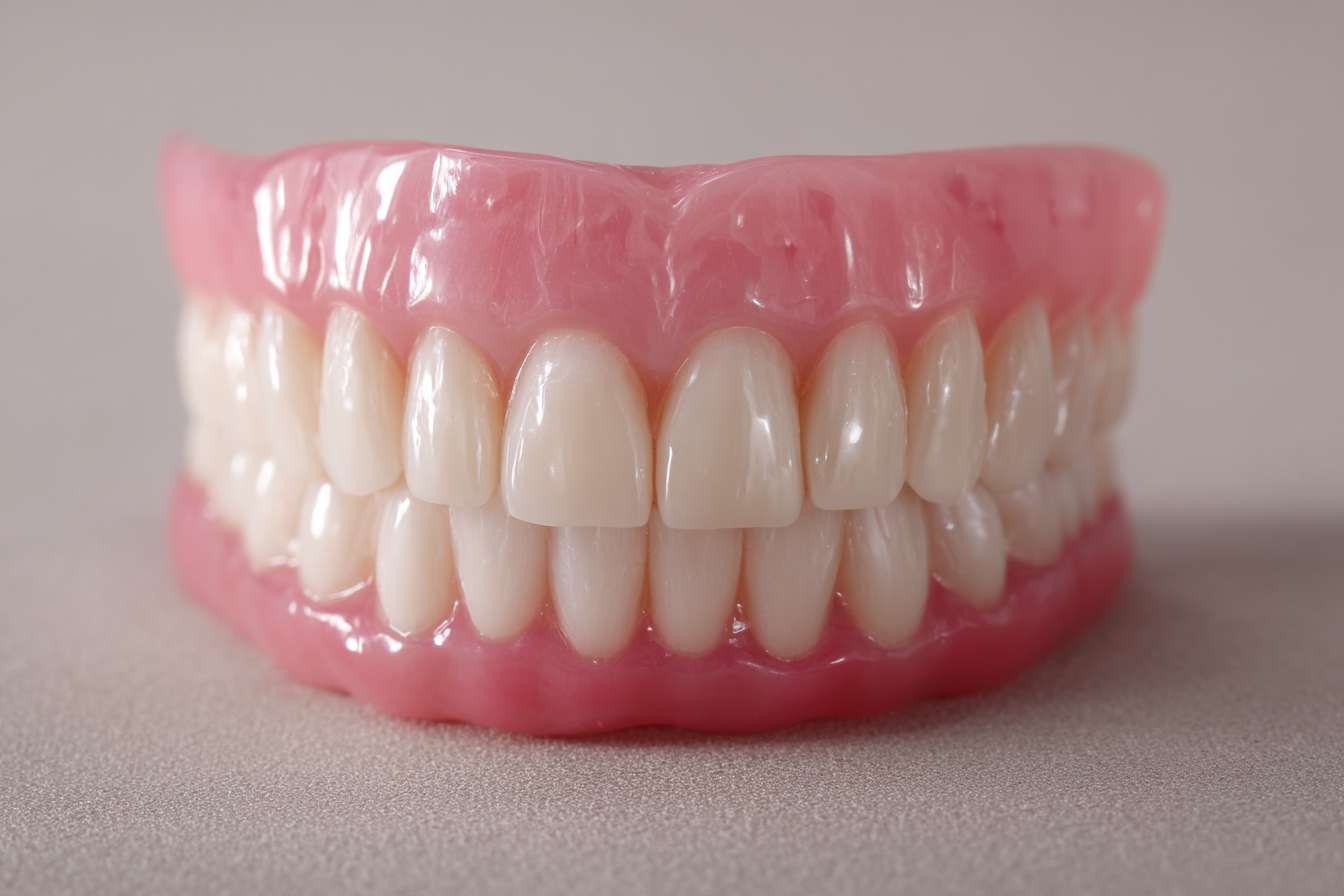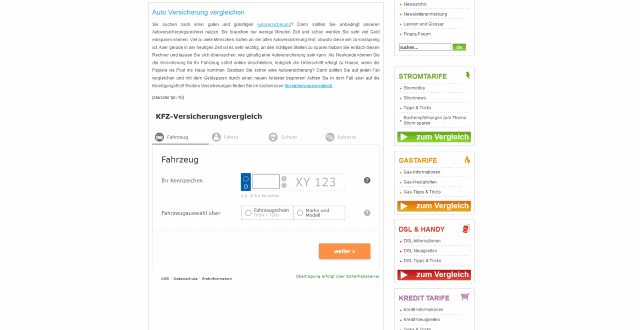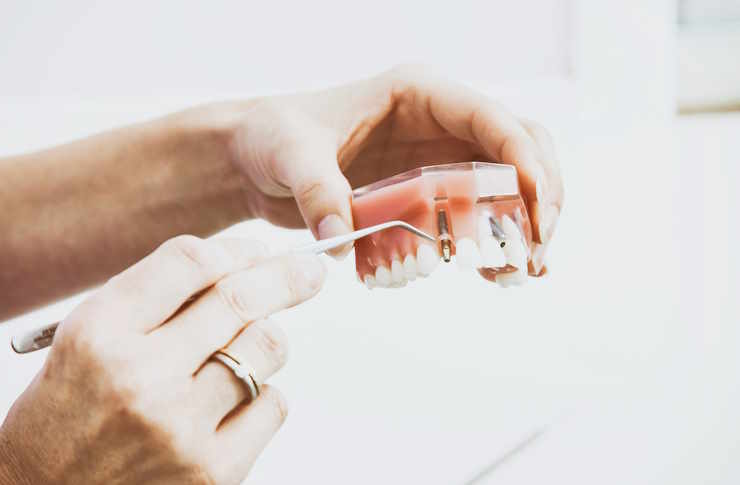Discover the future of dental implants
If you've been considering dental implants but have been put off by the high cost, there's good news: affordable screwless dental implants are a game-changer. These innovative implants not only offer a more comfortable and faster solution, but they also make dental restorations more affordable.

Dental implants have long been considered the gold standard for replacing missing teeth, offering durability, functionality, and natural appearance. However, traditional implant systems have limitations that newer technologies aim to overcome. Screwless dental implants represent a significant advancement that’s changing how dental professionals approach tooth replacement. This innovative approach offers numerous benefits while addressing some of the challenges associated with conventional implant methods.
What Are Screwless Dental Implants?
Screwless dental implants are an innovative alternative to traditional screw-retained implant systems. Unlike conventional implants that use screws to secure the prosthetic tooth to the implant post, screwless systems utilize different connection mechanisms. These include friction-fit connections, magnetic attachments, or specialized locking systems that eliminate the need for screws. The implant itself still integrates with the jawbone through osseointegration, but the way the crown or prosthetic attaches to the implant differs significantly. This design eliminates screw access holes on the chewing surface of the tooth and reduces potential complications related to screw loosening or breakage.
Screwless systems can be classified into several categories based on their connection mechanism. Some use a precise tapering connection that creates a secure fit through friction, while others employ innovative locking mechanisms that snap into place. These designs aim to distribute forces more evenly across the implant and surrounding bone, potentially improving long-term outcomes and reducing maintenance requirements.
Why Are Screwless Implants Becoming a Popular Choice?
The growing popularity of screwless implants stems from several key advantages they offer to both patients and dental professionals. For patients, the elimination of screw access holes means improved aesthetics, especially for front teeth where appearance is paramount. The absence of screws also removes a potential point of failure, as screw loosening is one of the most common complications with traditional implants.
Dental professionals are increasingly choosing screwless options because they can simplify the restoration process. Without the need to manage screw access channels, dentists can focus more on creating natural-looking prosthetics. Additionally, maintenance appointments may be reduced as there are no screws to check and potentially retighten over time.
The dental implant market has responded to this trend, with more manufacturers developing and refining screwless systems. As research continues to validate their effectiveness and long-term success rates improve, these systems are likely to become even more mainstream in dental practices worldwide.
How Do Screwless Implants Work?
The fundamental principle behind screwless implants involves creating a secure connection between the implant and prosthetic without relying on screws. Most systems use precise engineering to create components that fit together with exceptional accuracy, creating what’s known as an interference fit or friction fit. When the prosthetic component is seated onto the implant, the tight tolerance between the parts creates a connection strong enough to withstand normal biting and chewing forces.
The installation process typically begins similarly to traditional implants, with the placement of a titanium post into the jawbone. After the healing period and successful osseointegration, the difference becomes apparent. Instead of using an abutment secured by a screw, screwless systems may use a specialized abutment that snaps or locks into place. The crown is then cemented or otherwise attached to this abutment without requiring access holes for screws.
Some advanced screwless systems incorporate unique features like internal expansion mechanisms that create a tight seal when activated, or specialized geometries that distribute forces optimally throughout the implant and surrounding bone structure.
Comparing Screwless and Traditional Dental Implants
When evaluating implant options, understanding the differences between screwless and traditional systems is crucial for making an informed decision.
| Feature | Screwless Implants | Traditional Screw-Retained Implants |
|---|---|---|
| Aesthetic Appearance | No visible access holes | May have visible screw access points |
| Retrievability | May be more difficult to remove | Easier to remove for maintenance |
| Risk of Mechanical Complications | Lower risk of screw loosening or fracture | Potential for screw-related issues |
| Prosthetic Design Flexibility | Greater freedom in crown design | Design constraints due to screw access |
| Cost | Generally higher initial cost | Often more affordable initially |
| Long-term Maintenance | Potentially lower maintenance needs | May require periodic screw tightening |
Prices, rates, or cost estimates mentioned in this article are based on the latest available information but may change over time. Independent research is advised before making financial decisions.
The decision between these systems often depends on specific patient factors, including the location of the missing tooth, bone quality, aesthetic requirements, and budget considerations. For posterior teeth where aesthetics may be less critical, traditional systems might remain preferable due to their established track record and cost-effectiveness. However, for front teeth or cases where appearance is paramount, screwless options offer significant advantages.
The Key Benefits of Screwless Dental Implants
Screwless dental implants provide several distinct advantages that make them appealing for many patients. First and foremost is the improved aesthetic outcome. Without screw access holes, dental professionals can create restorations that more closely mimic natural teeth in both appearance and function. This is particularly valuable for front teeth, where even small compromises in appearance can be noticeable.
Biomechanically, screwless implants may offer better force distribution throughout the implant system and surrounding bone. Traditional screw-retained implants can create stress points around the screw, potentially leading to complications over time. By eliminating this component, screwless systems may reduce the risk of mechanical failures and improve long-term success rates.
Maintenance simplicity represents another significant benefit. Without screws that can loosen over time, patients may require fewer adjustment appointments. Additionally, the elimination of screw access channels means the structural integrity of the crown remains intact, potentially extending the lifespan of the restoration.
For patients with limited mouth opening or those who find dental appointments anxiety-inducing, screwless systems can offer a more comfortable experience. The elimination of screw-tightening procedures means shorter appointment times and less invasive maintenance procedures.
As dental implant technology continues to evolve, screwless systems represent an important step forward in making tooth replacement more patient-friendly, aesthetic, and durable. While traditional implants remain a viable and well-tested option, the growing availability and refinement of screwless alternatives give both patients and dental professionals more choices in creating optimal treatment plans tailored to individual needs.



